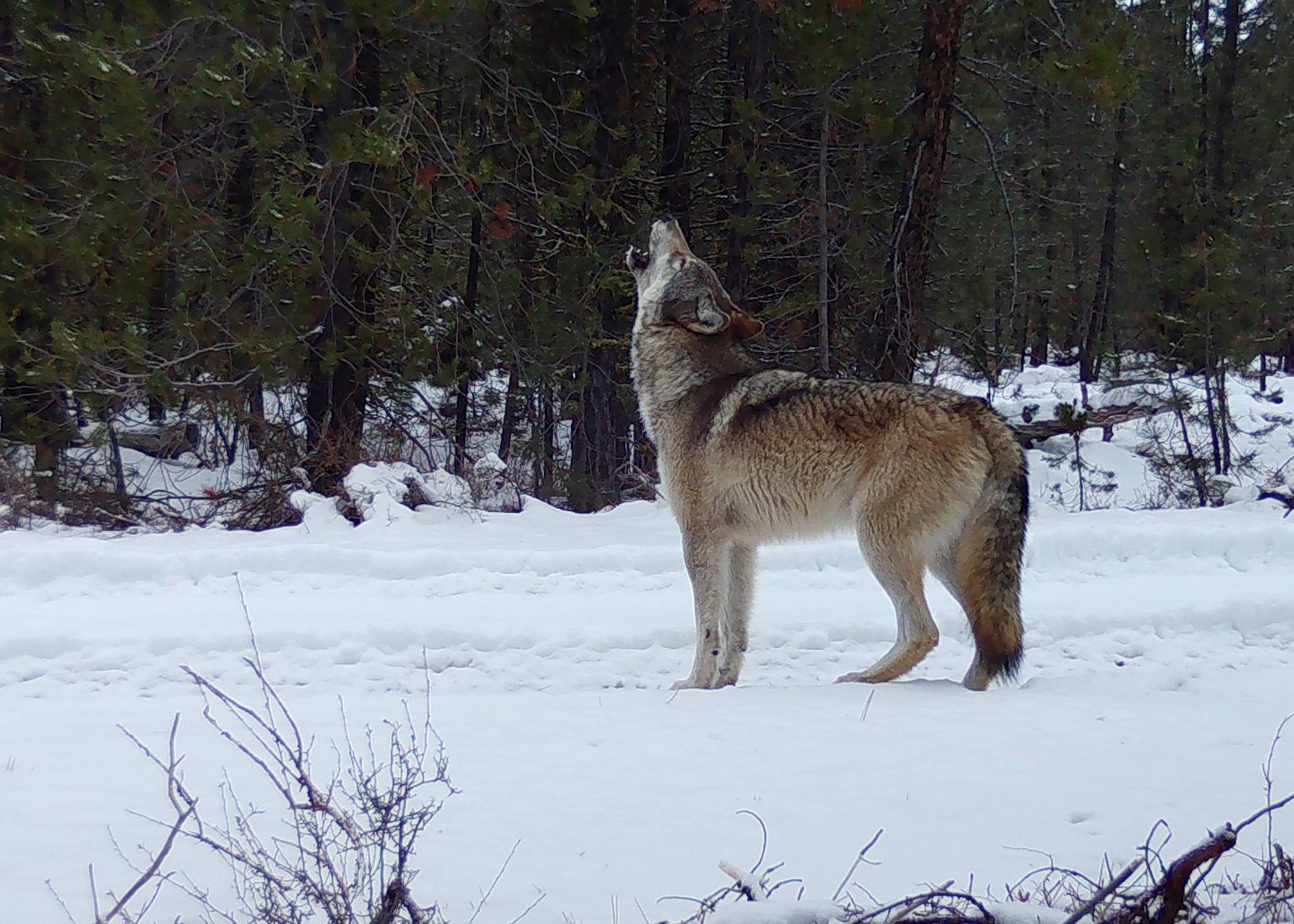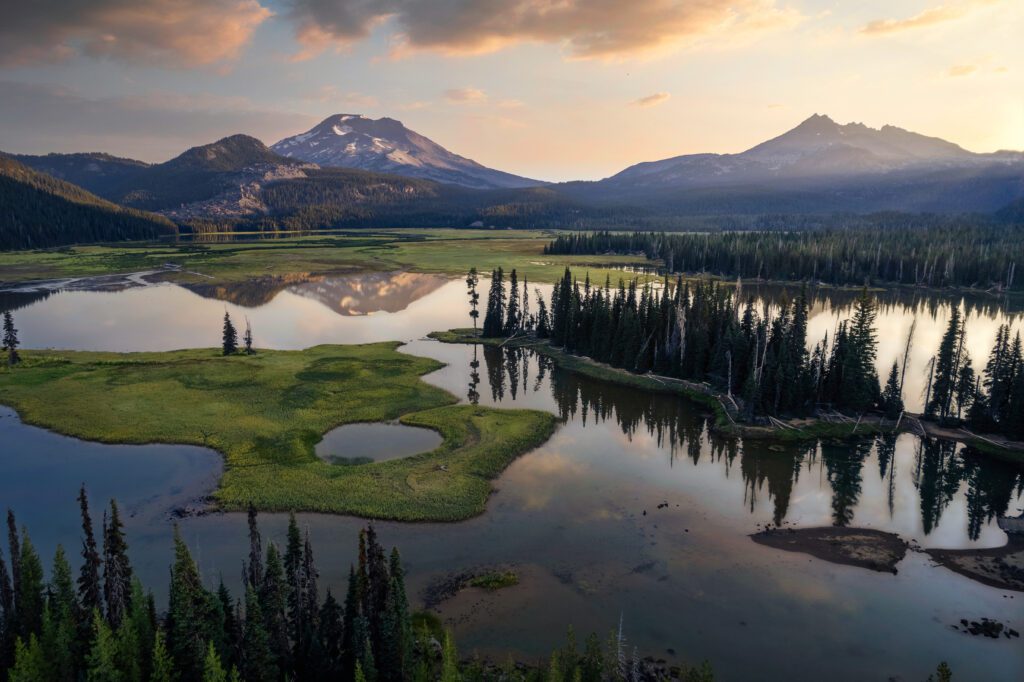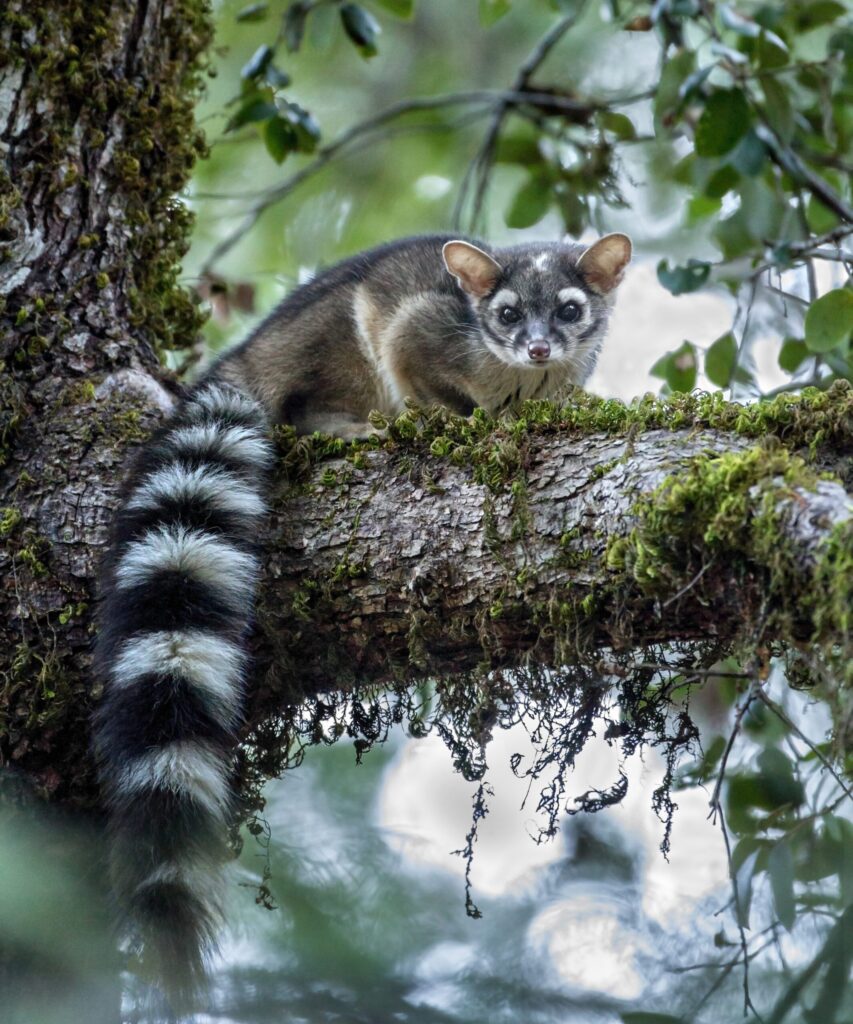Lower poaching and fewer state-sanctioned killings offer a glimpse of what’s possible for gray wolf recovery
After years of stagnating numbers, Oregon’s wolf population appears to have finally grown in 2024, according to the Oregon Department of Fish and Wildlife (ODFW) Annual Wolf Report. Oregon Wild is cautiously optimistic that a reduction in both poaching and state-killed wolves has given the state’s fragile wolf population a chance to rebound.
“For the first time in several years, it looks like Oregon’s wolves have had a little breathing room,” said Danielle Moser, Wildlife Program Manager for Oregon Wild. “Though human-caused mortality continues to be the primary obstacle to statewide recovery, any substantial growth is a welcome sign.”
2024 updates by the numbers
| Population | 204 |
| Breeding Pairs | 17 |
| Total Mortality | 26 |
| Known Poaching | 7 |
| ODFW-killed | 11 |
| Killed by vehicle collision | 1 |
| “Caught-in-the-act” | 3 |
Despite claims from some lobbyists and politicians, there is no credible evidence to support the existence of a large, uncounted population of wolves in Oregon. Such assertions should be met with a demand for verifiable evidence before being treated as fact or quoted uncritically.
The double-digit increase in the wolf population is a marked departure from recent years. Since 2021, annual growth rates have remained under 2%, far below earlier years when protections were stronger and poaching rates were lower. Wildlife advocates point to lower documented cases of poaching and fewer wolves killed by ODFW as key reasons for this encouraging shift.
“This is not a coincidence,” said Moser. “When wolves aren’t being shot by the state or illegally poached with little consequence, they can do what wild animals do best—adapt and survive.”
Despite the improvement, Oregon Wild cautions that wolf recovery remains fragile. Wolves in eastern Oregon—where most of the population lives—still lack federal or state endangered species protections. The state’s current management policies continue to prioritize livestock industry interests, often at the expense of long-term recovery goals.
“We hope this year’s report is a turning point—not an outlier,” Moser added. “The path forward must center on compassion, coexistence, and restoring balance to Oregon’s wild places.”
###
Oregon Wild works to protect and restore Oregon’s wildlands, wildlife, and water as an enduring legacy for future generations.







